RADICICOL
Synonym(s):[1aS-(1aR*,2Z,4E,14*,15aR*)]-8-Chloro-1a,14,15,15a-tetrahydro-9,11-dihydroxy-14-methyl-6H-oxireno[e][2]benzoxacyclotetradecin-6,12(7H)-dione;Monorden;Radicicol, Diheterospora chlamydosporia - CAS 12772-57-5 - Calbiochem
- CAS NO.:12772-57-5
- Empirical Formula: C18H17ClO6
- Molecular Weight: 364.78
- MDL number: MFCD06795865
- SAFETY DATA SHEET (SDS)
- Update Date: 2024-10-28 23:16:16
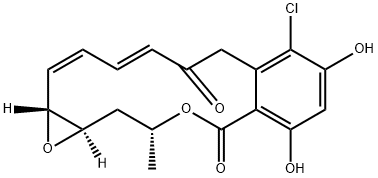
What is RADICICOL?
Description
Radicicol (12772-57-5) inhibits heat shock protein 90 (HSP90) activity by binding to the ATP-binding pocket.1?In cells HSP90 client proteins such as Raf kinase2, HIF-1α3?and estrogen receptor4?are destabilized and proteolytically degraded. Radicicol inhibits expression of COX-2 without affecting COX-1 expression in LPS-stimulated macrophages (IC50=27 nM).5?Inhibits angiogenesis.6
Chemical properties
Solid
The Uses of RADICICOL
Radicicol is an antitumor antibiotic, which inhibits the Hsp90 molecular chaperone.
The Uses of RADICICOL
Radicicol from Diheterospora chlamydosporia has been used as an inhibitor of heat shock protein 90 (Hsp90):
- to study its effects on lifespan extension and health in Caenorhabditis elegans
- to study its effects on protein aggregation in yeast
- to study its effects on xanthone sensitized cancer cells
The Uses of RADICICOL
Radicicol is a resorcylic acid lactone, produced by several fungal species, that exhibits broad spectrum antifungal and antitumour activity. Radicicol has been the subject of extensive investigation and inhibits protein tyrosine kinase, induces the differentiation of HL-60 cells into macrophages, blocks cell cycle at G1 and G2, suppresses NIH 3T3 cell transformation by diverse oncogenes such as src, ras and mos, and also suppresses the expression of mitogen-inducible cyclooxygenase-2. As a cell differentiation modulator, radicicol has anti-angiogenic activity in vivo, inhibiting the proliferation of plasminogen activator production by vascular endothelial cells.
Definition
ChEBI: An antifungal macrolactone antibiotic, obtained from Diheterospora chlamydosporia and Chaetomium chiversii that inhibits protein tyrosine kinase and heat shock protein 90 (Hsp90).
What are the applications of Application
Radicicol is a potent inhibitor of HSP 90, SRC, and Cox-2
Biological Activity
Antifungal antibiotic. Inhibits heat shock protein 90 (Hsp90) activity by binding to the ATP-binding pocket, subsequently suppressing cell transformation induced by src, ras and mos. Represses estrogen receptor transcriptional activity and inhibits angiogenesis.
Biochem/physiol Actions
Radicicol is an antifungal macrolactone antibiotic that is found in Diheterospora chlamydosporia, Chaetomium chiversii, and Monosporium bonorden. It functions as an inhibitor of tyrosine kinase and heat shock protein 90 (Hsp90). Radicicol is involved in the suppression of transformation of various proto-oncogenes such as Ras, Mos, and Src. It also suppresses the activity of mitogen-induced cyclooxygenase-2 (COX-2) and phosphoinositide-dependent kinase 1 (PDK1). Radicicol is involved in arresting the cell cycle at the G1-S phase. It exhibits ant-cancer and anti-angiogenic activity in vivo.
storage
+4°C
References
1) Schulte?et al. (1999),?Interaction of radicicol with members of the heat shock protein 90 family of molecular chaperones; Mol. Endocrinol.,?13?1435 2) Soga?et al. (1998),?Radicicol leads to selective depletion of Raf kinase and disrupts K-Ras-activated aberrant signaling pathway; J. Biol. Chem.,?273?822 3) Hur?et al. (2002)?Reduction of hypoxia-induced transcription through the repression of hypoxia-inducible factor-1alpha/aryl hydrocarbon receptor nuclear translocator DNA binding by the 90-kDa heat-shock protein inhibitor radicicol; Mol. Pharmacol.,?62?975 4) Lee?et al.?(2002)?Radicicol represses the transcriptional function of the estrogen receptor by suppressing the stabilization of the receptor by heat shock protein 90; Mol. Cell. Endocrinol.,?188?47 5) Chanmugam et al. (1995)?Radicicol, a protein tyrosine kinase inhibitor, suppresses the expression of mitogen-inducible cyclooxygenase in macrophages stimulated with lipopolysaccharide and in experimental glomerulonephritis; J. Biol. Chem.,?270?5418 6) Oikawa?et al. (1993)?Radicicol, a microbial cell differentiation modulator, inhibits in vivo angiogenesis; Eur. J. Pharmacol.,?241?221
Properties of RADICICOL
| Melting point: | 193.5° |
| Boiling point: | 656.2±55.0 °C(Predicted) |
| alpha | D20 +203° (chloroform) |
| Density | 1.364±0.06 g/cm3(Predicted) |
| storage temp. | −20°C |
| solubility | ethanol: 10 mg/mL |
| form | solid |
| pka | 6.29±0.40(Predicted) |
| color | yellow |
| Stability: | Stable for 2 years from date of purchase as supplied. Solutions in DMSO or ethanol may be stored at -20°C for up to 1 month. |
Safety information for RADICICOL
| Signal word | Danger |
| Pictogram(s) |
 Skull and Crossbones Acute Toxicity GHS06  Health Hazard GHS08 |
| GHS Hazard Statements |
H301:Acute toxicity,oral H340:Germ cell mutagenicity H350:Carcinogenicity |
| Precautionary Statement Codes |
P202:Do not handle until all safety precautions have been read and understood. P264:Wash hands thoroughly after handling. P264:Wash skin thouroughly after handling. P270:Do not eat, drink or smoke when using this product. P280:Wear protective gloves/protective clothing/eye protection/face protection. P301+P310:IF SWALLOWED: Immediately call a POISON CENTER or doctor/physician. P405:Store locked up. |
Computed Descriptors for RADICICOL
New Products
(S)-3-Aminobutanenitrile hydrochloride 4-Methylphenylacetic acid N-Boc-D-alaninol N-BOC-D/L-ALANINOL Tert-butyl bis(2-chloroethyl)carbamate 3-Morpholino-1-(4-nitrophenyl)-5,6-dihydropyridin- 2(1H)-one Furan-2,5-Dicarboxylic Acid Tropic acid 1-Bromo-3,5-Di-Tert-Butylbenzene S-2-CHLORO PROPIONIC ACID ETHYL ISOCYANOACETATE 2-Bromo-1,3-Bis(Dimethylamino)Trimethinium Hexafluorophosphate 4-IODO BENZOIC ACID 3-NITRO-2-METHYL ANILINE 1-(2,4-DICHLOROPHENYL) ETHANAMINE (2-Hydroxyphenyl)acetonitrile 4-Bromopyrazole 2-(Cyanocyclohexyl)acetic acid 4-methoxy-3,5-dinitropyridine 1-(4-(aminomethyl)benzyl)urea hydrochloride 2-aminopropyl benzoate hydrochloride diethyl 2-(2-((tertbutoxycarbonyl)amino) ethyl)malonate tert-butyl 4- (ureidomethyl)benzylcarbamate Ethyl-2-chloro((4-methoxyphenyl)hydrazono)acetateRelated products of tetrahydrofuran


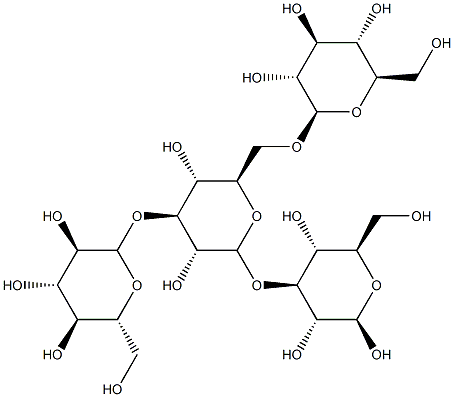

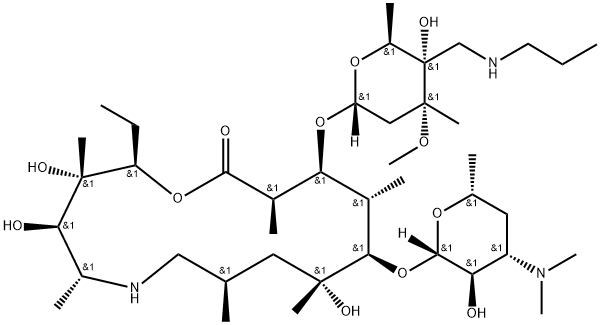
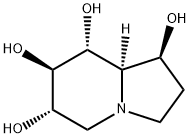
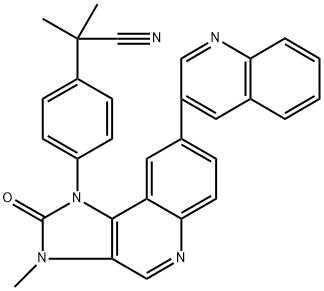
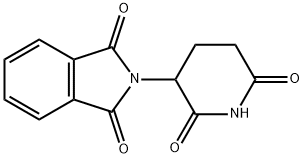
You may like
-
 Radicicol from Diheterospora chlamydosporia CAS 12772-57-5View Details
Radicicol from Diheterospora chlamydosporia CAS 12772-57-5View Details
12772-57-5 -
 Radicicol, Diheterospora chlamydosporia CAS 12772-57-5View Details
Radicicol, Diheterospora chlamydosporia CAS 12772-57-5View Details
12772-57-5 -
 1975-50-4 98%View Details
1975-50-4 98%View Details
1975-50-4 -
 2-HYDROXY BENZYL ALCOHOL 98%View Details
2-HYDROXY BENZYL ALCOHOL 98%View Details
90-01-7 -
 2-Chloro-1,3-Bis(Dimethylamino)Trimethinium Hexafluorophosphate 221615-75-4 98%View Details
2-Chloro-1,3-Bis(Dimethylamino)Trimethinium Hexafluorophosphate 221615-75-4 98%View Details
221615-75-4 -
 61397-56-6 CIS BROMO BENZOATE 98%View Details
61397-56-6 CIS BROMO BENZOATE 98%View Details
61397-56-6 -
 14714-50-2 (2-Hydroxyphenyl)acetonitrile 98+View Details
14714-50-2 (2-Hydroxyphenyl)acetonitrile 98+View Details
14714-50-2 -
 118753-70-1 98+View Details
118753-70-1 98+View Details
118753-70-1